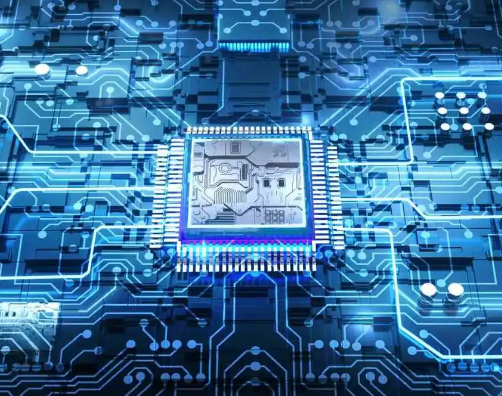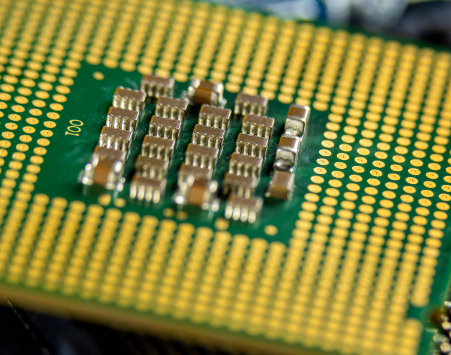Smart Semi Fiber Does It All
A semiconducting-core optical-fiber may be able to perform the costly electrical-to-optical-to-electrial conversion passively within itself, rather than depending on expensive electronic-to-optical converters at the transmission end and expensive optical-to-electronic converters at the receivers end.
The invention combines an amorphous silicon core inside a 1.7-micron inner-diameter glass capillary capped at each end with a progression to single-crystal silicon, thus combining the inexpensive amorphous silicon-germanium for the long-run with short runs of single-crystal silicon at its ends. The research is being performed at Penn State (University Park) by Venkatraman Gopalan, professor of materials science and engineering, John Badding, professor of chemistry, physics, and materials science and engineering, along with Xiaoyu Ji, doctoral candidate in materials science and engineering.
Dumb optical fibers used today merely transmit photons down a glass conduit surrounded by a tough flexible polymer coating. The optimal signals stay within the fiber by reflecting off the glass-to-polymer interfaces for nearly lossless transmissions over long distances. Unfortunately, all the data they convey comes from computers thereby requiring a costly electronics-to-photonics conversion module at the transmission end. Likewise, the receiver is an electronic computer requiring another costly photonics-to-electronics converter at the receiving end. To boot, extra long runs between cities require "repeaters" which use extra-sensitive photonics-to-electronics conversion, then electronic amplification, then extra-strong electronics-to-photonics converters to pass the optical signal to the next repeater (and finally to its destination).
The Penn State researchers hope to develop smart semiconductor-filled fibers with the ability to do the electronics-to-photonics-to-electronics conversions within the fibers itself. The team has not achieved that goal yet, but they have successfully combined all the materials they need into their semiconductor fibers and proven they can transmit both photons and electrons. Next they need to pattern the single-crystal silicon at each end of their fibers to perform the necessary opto-electronics (and visa versa) conversions on-the-fly.
Badding first demonstrated the feasibility using silicon-filled fibers in 2006, but Ji took on his doctoral task to combine high-purity amorphous silicon-germanium around a 1.7 micron glass capillary using a laser. The results are smart single-crystal silicon end caps that are 2000-times longer than they are thick, thus converting the efficiency of Badding's original prototype into a commercially feasible material.
Such an ultra-small core allowed Ji to melt and refine the crystalline structures around the center glass core at just 750-to-900 degrees Fahrenheit (much lower than traditional glass-only fibers) by using a laser scanner, thus preventing the silicon from contaminating the glass.
Thus, it has taken more than 10 years to perfect the combination of smart semiconductors and dumb glass into the same opto-electronics fiber since Badding's first attempt.
Next the researchers will begin to optimize (to get its transmission speed and quality of its smart fiber to rival dumb glass-only fibers) as well as pattern the silicon-germanium for real applications, which will also include endoscopy, imaging and fiber lasers besides just communications.
在线留言询价
- 一周热料
- 紧缺物料秒杀
| 型号 | 品牌 | 询价 |
|---|---|---|
| CDZVT2R20B | ROHM Semiconductor | |
| RB751G-40T2R | ROHM Semiconductor | |
| BD71847AMWV-E2 | ROHM Semiconductor | |
| MC33074DR2G | onsemi | |
| TL431ACLPR | Texas Instruments |
| 型号 | 品牌 | 抢购 |
|---|---|---|
| STM32F429IGT6 | STMicroelectronics | |
| ESR03EZPJ151 | ROHM Semiconductor | |
| IPZ40N04S5L4R8ATMA1 | Infineon Technologies | |
| TPS63050YFFR | Texas Instruments | |
| BP3621 | ROHM Semiconductor | |
| BU33JA2MNVX-CTL | ROHM Semiconductor |
- 周排行榜
- 月排行榜
AMEYA360公众号二维码
识别二维码,即可关注




























